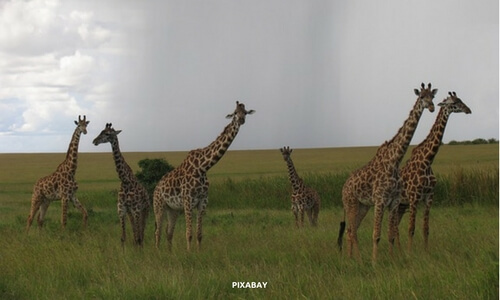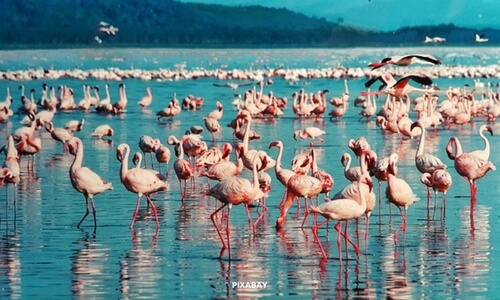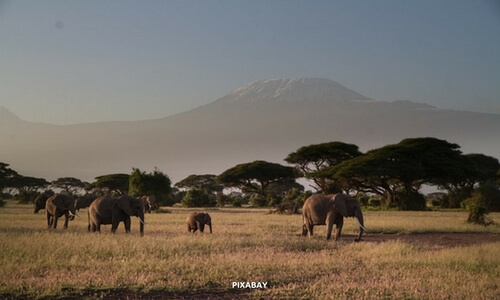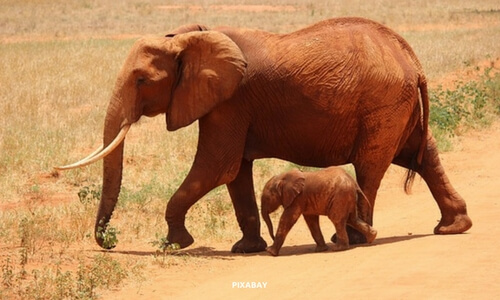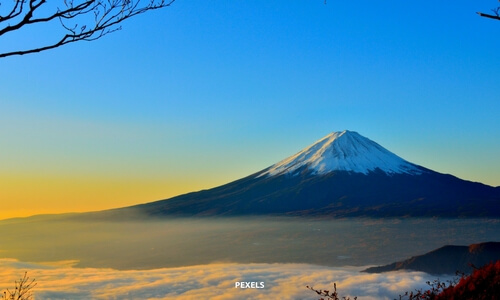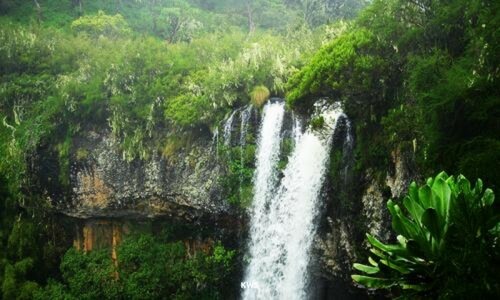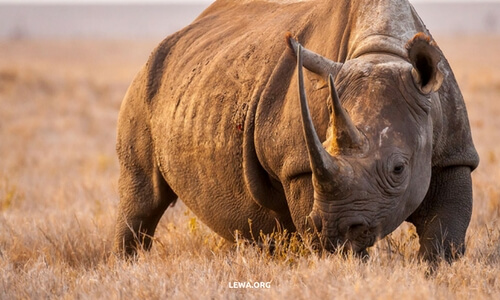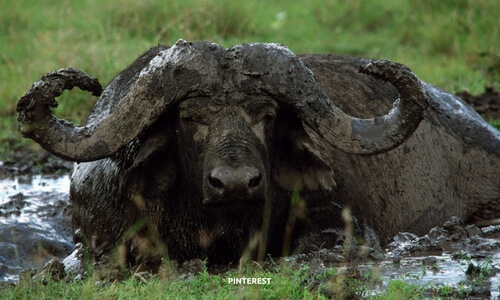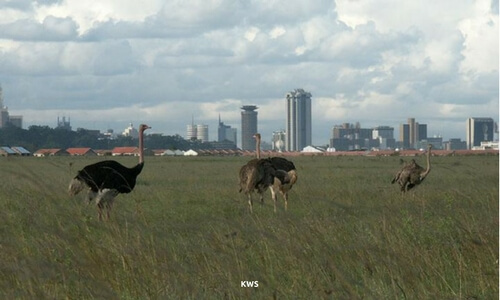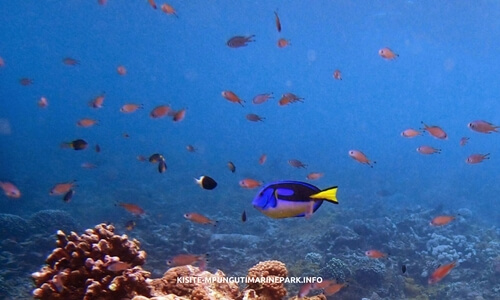Often referred to as “the jewel of Kenya”, the Masai Mara Reserve is the most popular wildlife park in the country, thanks to its size, natural appeal, and the sheer variety of wildlife it houses. Here you can witness the incredible annual migration of millions of wildebeest and zebra from July to October. There are also big families of lions, elephants, hippos, and buffaloes among many more.
Best time to go — July – October

